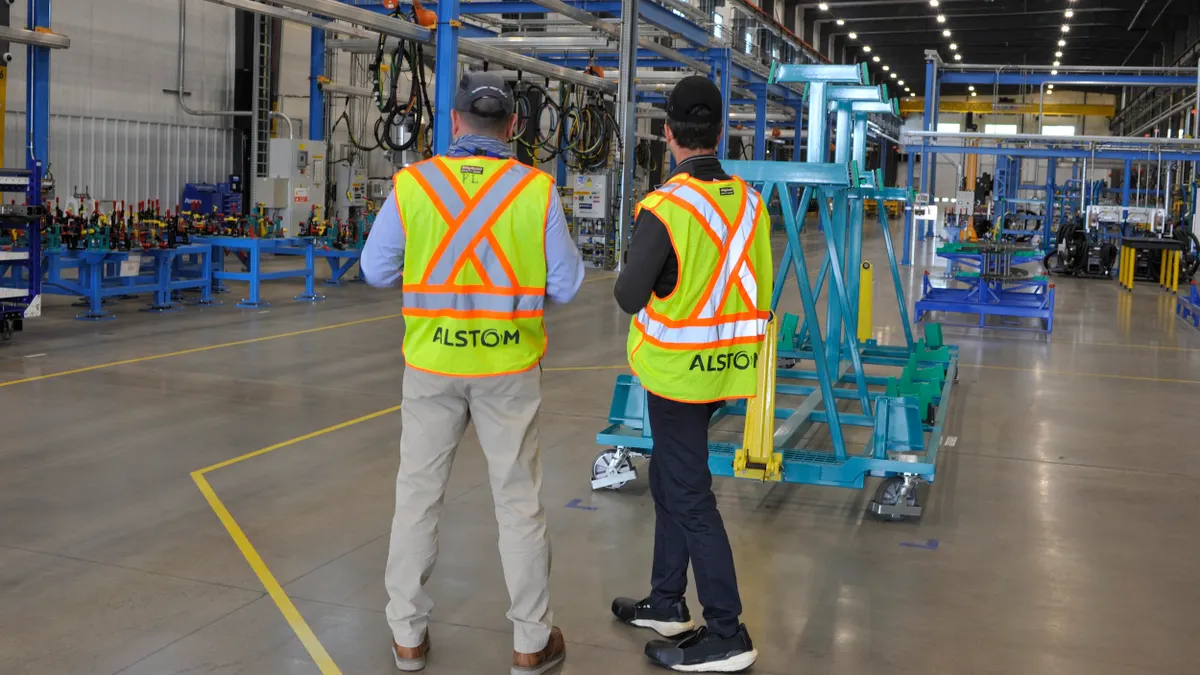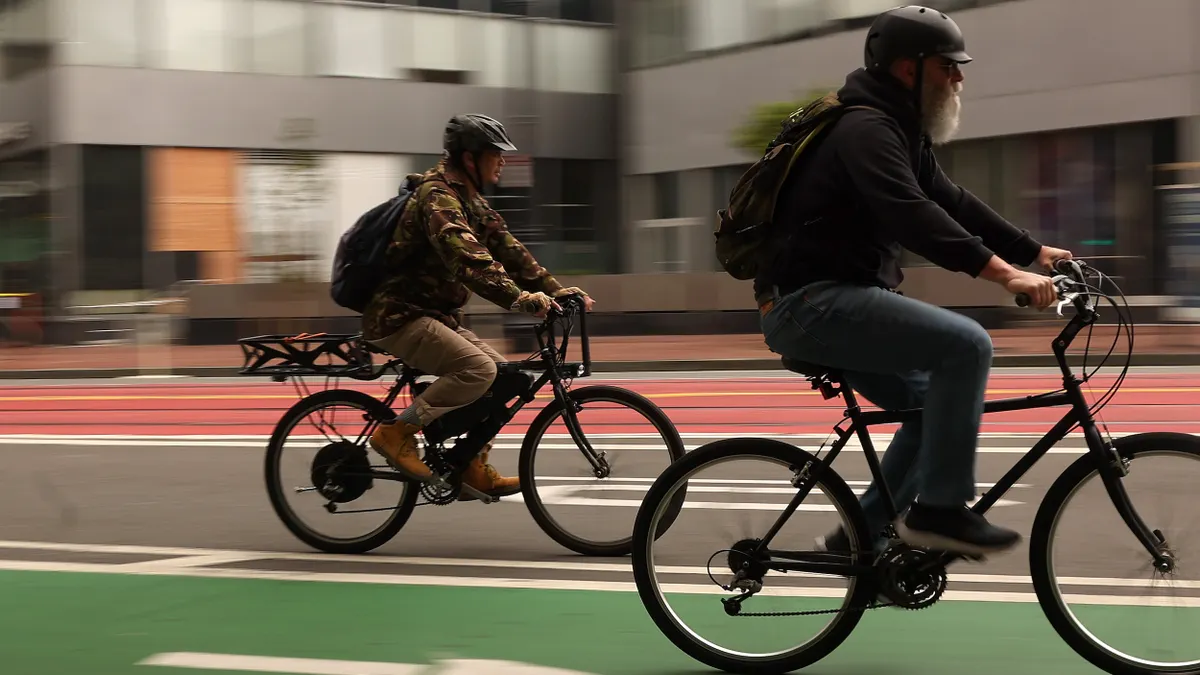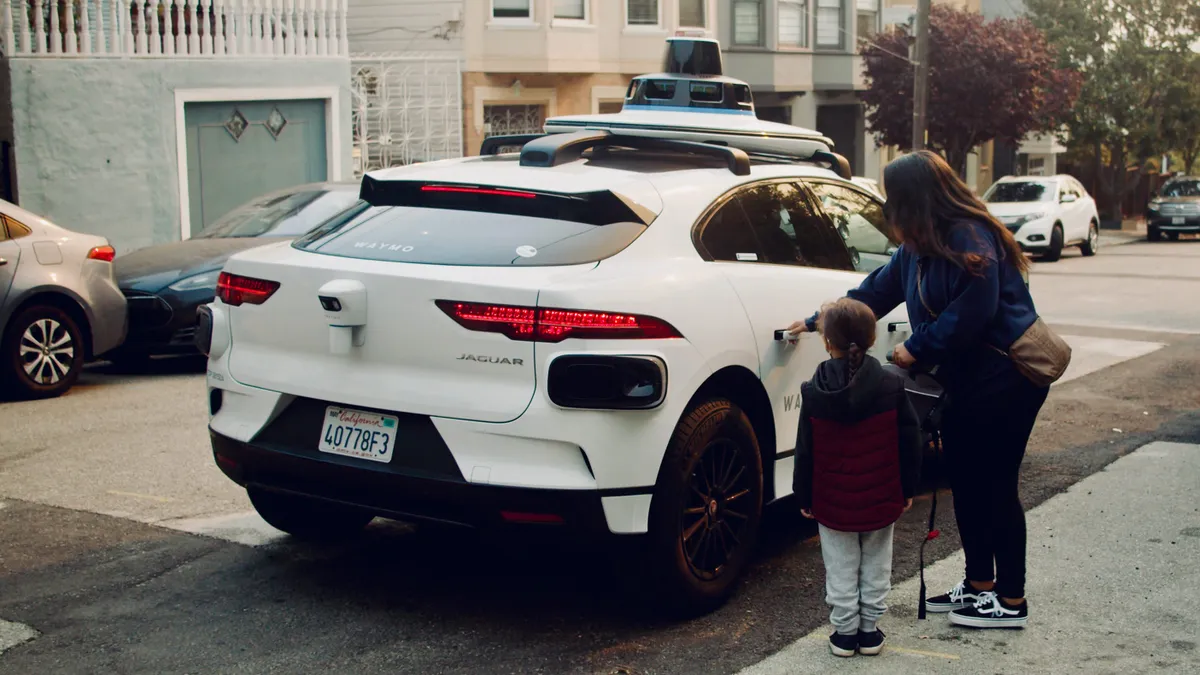Editor's Note: The following is a guest post from Partha Mukherjee, general manager and global client partner for Wipro Limited.
The adoption of autonomous vehicles (AV) is inevitable. Before we enter the era of the driverless car, however, we must first understand what we gain from this advancement, what the risks are, and how to regulate this unfamiliar territory.
The advantages of autonomous personal mobility
Fully autonomous vehicles will not depend on the alertness of their drivers to function. Today, a sleepy or distracted driver might cause a serious accident, but vehicles do not get tired or distracted — they focus only on the road, saving human lives in the process.
These vehicles will also provide mobility to those unwilling or unable to drive, providing independence and access to essential services to a group of people who currently rely on others for transportation. These riders (and other occupants of automated vehicles) can engage in more productive activities while cars are in motion, removing some of the pain of long-distance commutes and potentially lowering the cost of real estate in city centers by allowing people to stay farther away from main city limits.
Infrastructure demands will change dramatically when cars can drop off their riders in one place, then head to distant parking lots until they are called. In addition, optimized driving will result in better fuel economy across the board, stretching the savings even further. Self-fueling vehicles could even contribute to a rise in acceptance of alternative energy sources.
The economic, social, and safety benefits hence present a powerful value proposition for this technology. Before they win the support of automotive companies and governments around the world, however, AVs must first overcome a few hurdles.
Doubts when going driverless
According to the "Gartner Consumer Trends in Automotive" survey, 55% of people surveyed in 2017 wouldn't consider riding in a completely autonomous vehicle, and 29% would not even consider a semi-autonomous ride. Survey participants expressed concerns about machines being confused by unfamiliar scenarios, equipment failures, security breaches, and, of course, safety. Negative PR coming out of the recent Uber incident in Arizona sets back the confidence level on this technology further, forcing all the players to work extra hard to gain back lost confidence.
These are genuine concerns.
From an artificial intelligence and machine learning perspective, no AV could possibly get trained for all potential road scenarios involving pedestrians, human-driven vehicles and other autonomous cars. Variable road dynamics involving all these factors cannot predict and simulate the actions of all players under each circumstance with reliable accuracy and therefore cannot be taught to a machine. At best, an unsupervised learning model can attempt to "self teach" these machines as they get exposed to all these scenarios for better responses in the future.
Operations concerns are also valid. In extreme weather conditions, like snow or rain, visibility could prevent a vehicle’s sensors from sensing the road conditions and its surroundings clearly, thereby making it difficult for the central AI engine to make optimal driving decisions. Within a vehicle’s engineering construct, the malfunction of a critical part — mechanical, electrical, hardware, or software — could also cause an AV to lose all sense of what to do next.
All these functional concerns lead to more human fears: What happens when an autonomous brain must decide to hit a pedestrian or animal on the road if it can’t avoid hitting both? What if a vehicle violates traffic laws or causes an accident while driving itself — who is responsible, and how often will such incidents occur?
Finally, AVs rely on software and connected components to function, which makes them susceptible to hacking. These components might talk to each other, the manufacturer, the road infrastructure, and even other vehicles, providing multiple access points for hackers to exploit.
The fallout from any of these scenarios could range from a minor inconvenience to serious dangers, such as death or abduction. To address these issues, regulators must consider who holds the responsibility for which actions and how best to minimize the potential for harm.
Current regulations and possible evolutions
Historically, the U.S. federal government has regulated vehicles, leaving states to regulate drivers. What happens when AVs blur that line?
So far, federal agencies have taken encouraging steps. The National Highway Traffic Safety Administration (NHTSA) published the "A Vision for Safety" document, which takes a nonregulatory approach toward promoting AV safety. The document supports the industry, the states, and other key stakeholders as they design best practices to follow the autonomous revolution, including suggestions for 12 priority safety design elements and a self-assessment process.
In Congress, the U.S. House of Representatives passed the SELF DRIVE Act in September 2017, while the Senate Committee on Commerce, Science, and Transportation introduced the AV START Act to the Senate floor in September 2017. These bills both discuss how to ensure safe and innovative development, testing, and deployment of self-driving cars. They also prevent states from passing legislation to limit design, construction, or performance in AVs, limiting states to the traditional areas like registration and licensing.
However, these bills are not quite the same, and both have yet to pass into law. The House bill is stuck in the Senate, while the latter still awaits a formal vote. Some members of Congress hold the same fears as those from the Gartner survey. Meanwhile, the Federal Trade Commission wants to play an enforcement role to protect the privacy and security of these vehicles; it is using its authority to investigate “unfair and deceptive acts and practices in or affecting commerce.”
Several states have joined the action, too. Since 2012, 41 states and Washington, DC have discussed legislation for AVs, and many passed frameworks for testing and use. Existing laws for reasonable data security and other safety measures also affect these vehicles.
Just like the technology, the regulations surrounding AVs continue to evolve. As the reality of driverless vehicles creeps closer, states and federal agencies will become even more invested in drafting and clarifying laws that both empower the industry and protect consumers.
Potential changes to legislative approaches
The questions of how to regulate these vehicles are well-known (the what); unfortunately, the answers (the how) still remain unconfirmed.
Let's look at an example of how one could approach getting answers to the questions that are being raised.
The NHTSA’s "A Vision for Safety" covers vehicle cybersecurity as one of its 12 priority design safety elements, naming agencies like the National Institute of Standards and Technology, NHTSA, SAE International, and the Alliance of Automobile Manufacturers as potential overseers of this process. That’s a lot of potential regulators for an industry in its infancy with no established best practices.
In this scenario, would-be regulators should probably, as a thought, assemble a startup universe of truly possible threats from the most relevant group: hackers themselves. Perhaps they could assemble a group of reputable ethical hackers and tap their knowledge or host a competition to crowdsource hacking ideas and security measures. Whatever the approach, these ideas should then be subjected to scrutiny by the AV system architects, who can then strengthen their systems against probable attacks.
This approach provides no guarantee against potential hackers, but by starting this way, AV makers can begin to compile a library of weak spots, threats, and ways to account for them. The more people and organizations that come forward to help with this process, the stronger the defenses will be.
One could potentially answer other questions by collaborating with the best practitioners in those areas to get a startup position and then have a structure to review and refine things as more insights flow in.
Looking to an autonomous future
For the industry to mature and regulations to grow, consumers must understand how this evolving technology addresses their concerns about safety, reliability, privacy, and security. Those behind the scenes must provide consumers with transparent answers to their most pressing questions.
Ultimately, this means the industry must collaborate before individual players can compete. To advance the adoption curve and put safer, more reliable vehicles on the road, all involved parties — designers, manufacturers, and regulators — must work together.

















